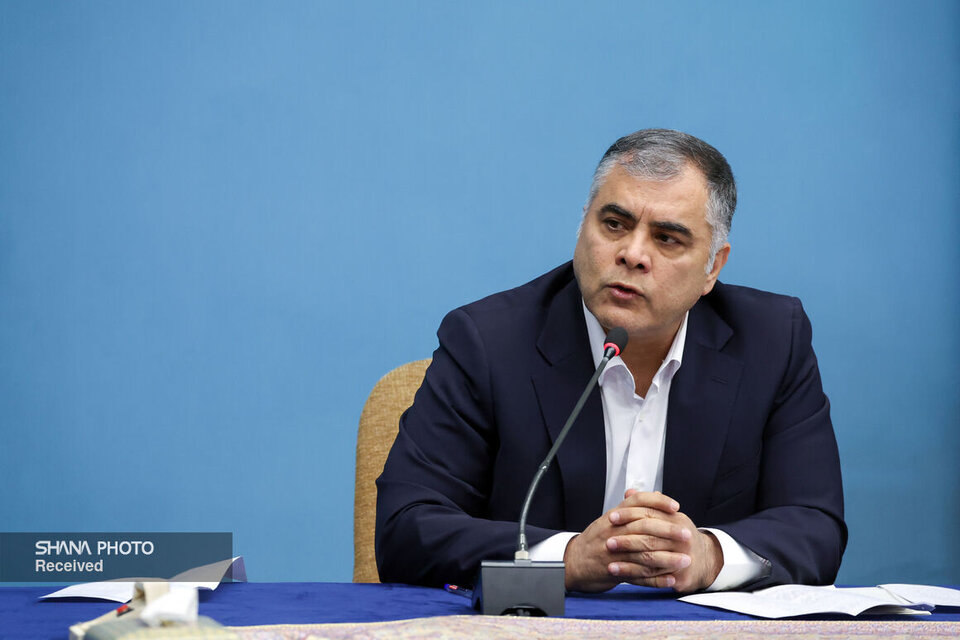Speaking during a videoconference ceremony attended by President Masoud Pezeshkian for the signing of 12 gas flare recovery and sales contracts in the National Iranian South Oilfields Company, Paknejad said the president’s participation encourages the oil industry’s workforce to advance key projects.
The minister noted that curbing gas flaring has long been a major concern in the oil sector, emphasizing that the government has taken serious steps to capture associated gas and prevent the loss of national wealth.
Private investment and environmental benefits
Paknejad said the flare gas collection projects will help reduce air pollution, protect the environment, and address part of the country’s energy imbalance. He added that the initiative also prevents economic waste and generates value through private-sector and non-governmental investments.
He explained that short- and long-term flare gas recovery programs are being prioritized and pursued vigorously with private participation.
Over recent years, Iran has developed a total capacity of 330 mcf/d to capture flare gas, including projects such as the first phase of the NGL 3200 plant and short-term projects in Parsi Cluster, Marun 3, 5 and 6, and Cheshmeh-Khosh.
Flare gas collection target: 44 mcm a day
According to the minister, the National Iranian Oil Company (NIOC) and the National Iranian Gas Company (NIGC) are required under the Seventh Development Plan to collect about 1.5 billion cubic feet of flare gas per day by the end of the plan.
Since the start of the 14th administration, several projects have been completed, including flare gas recovery in Rag Sefid and Gachsaran 1 and 2, commissioning of the NGL 3100 plant, the Marun 5 sour gas project, compressor installations at the NGL 1000 plant, and the Haftkel station.
Paknejad said partial projects related to the Bidboland and Marun contracts are expected to come online by the end of 1404 (March 2026).
“With the 12 new contracts signed today, flare gas recovery will gradually increase by about 295 million cubic feet per day by the end of 1405,” he said.
Extinguishing 32 flare stacks
The contracts, signed in the presence of the president, cover a total capacity of 295 mcf/d to collect gas from 32 flares across oilfields in Ahvaz, Rag Sefid, Bibi Hakimeh, Lali, Golkhari, Haft Shahidan, Kupal, Karun and Zilaei, located in Khuzestan, Kohgiluyeh and Boyer-Ahmad, and Bushehr provinces.
Paknejad said these efforts mark a new phase of progress, reflecting the active role of the private sector and the dedication of oil industry experts in accelerating efficient use of the country’s energy resources.
Call for further investment
He invited domestic and foreign investors, including knowledge-based companies, to participate in flare gas recovery projects in remaining areas.
According to Paknejad, the projects signed Saturday will add about 180 mcf/d of light gas to production capacity and generate an estimated $600 million annually from rich gas sales, processing, and value-chain completion.
He added that the projects will also provide feedstock for petrochemical plants and create about 2,000 direct and indirect jobs in the regions.
Paknejad thanked the president for his support and the efforts of oil industry workers, saying the projects are “a gift to the people of Iran, who deserve clean air, sustainable energy, and dignified development.”


Your Comment